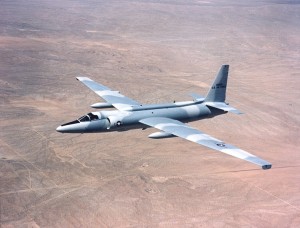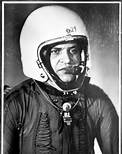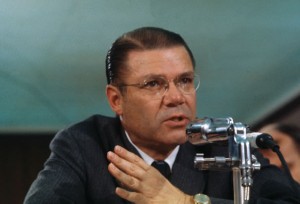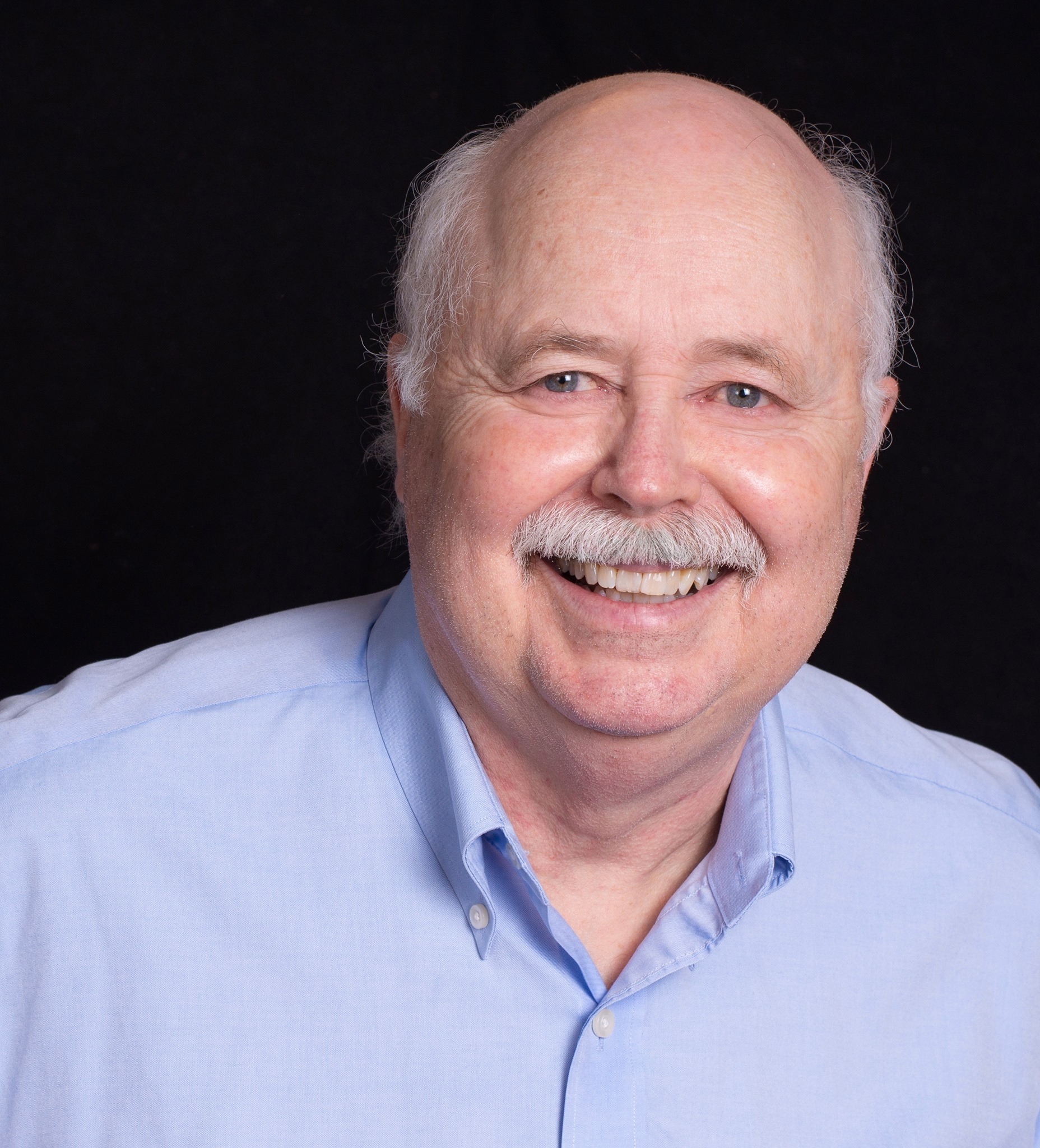
Note: In this article, the tenth in the series on the causes of the decline of the United States as a nation, we take a closer look at the factors leading up to the Cuban Missile Crisis. We will see that Kennedy’s predecessor in the White House, Dwight Eisenhower had his own catastrophic run-ins with the national security establishment at the end of his administration in 1960 and how that presaged what Kennedy experienced at the Bay of Pigs and the situations in Laos, Vietnam and Berlin. As the summer of 1962 waned towards fall these same interests in the military and CIA continued to push for a U.S. military intervention in Cuba and events would soon conspire to bring the United States and the Soviet Union to the brink of nuclear war….MA
With the signing of the “Declaration on the Neutrality of Laos” in late July of 1962, JFK had been in office exactly a year and a half. Immediately on his plate upon arriving in office in January of ‘61 was the Laotian crisis, and within a couple of months the colossal failure of the CIA’s Cuban Brigade at the Bay of Pigs, during which he had defied his military and intelligence establishment’s demands to salvage the Brigade by authorizing the use of U.S. military force. In the fall of ’61 he had faced and withstood heavy pressure from the Joint Chiefs of Staff and the CIA to commit regular U.S. combat forces to both Laos and Vietnam, and this was followed almost immediately by the Berlin confrontation, where he once again found a way to defuse the situation and keep the country out of war.
You should see a pattern developing here. Even at the expense of alienating himself from his national security establishment, in every instance where Kennedy was seemingly cornered into going to war, he bobbed and weaved his way out of it. To the cold warriors of the Joint Chiefs of Staff, CIA and their ilk, this made him “soft” on communism and a threat to the nation. Likewise to the “defense” contractors of the “military industrial complex”, President Eisenhower’s term to describe the interwoven alliance between the military and national security establishment and the various corporations and companies of the “arms” industry who equip and profit from them. It is worth noting here that “military in collusion with industry” is a text book definition of fascism. President Eisenhower, old general that he was, was acutely aware of this, having witnessed the rise of the national security establishment during the eight Cold War years of his administration from 1952 -1960. He had famously warned of its threat in his “farewell to the nation” speech as he was leaving office in January of 1961.


Despite this restriction, on May 1st ,1960, a U.S. U-2 spy plane piloted by Francis Gary Powers took off from Pakistan destined for Norway with a direct flight route over the Soviet Union. (In the days before spy satellites intelligence aerial surveillance was carried out by the top secret U-2, a special high altitude aircraft developed for this express purpose by Lockheed) Powers never made it to Norway. His U-2 was shot down over Russia and the aircraft, as well as Powers himself, were captured. On noting the U-2 was missing the U.S. national security geniuses calling the shots made an announcement that a weather research aircraft had gone missing and potentially had strayed into Soviet airspace. Noting this false statement, the Soviets countered by announcing that they had captured the U-2, which brought strident denials from the United States. When the Soviets then produced pictures, not only of the plane, but of Powers alive and well, the U.S. was caught in a lie, thus placing Eisenhower in the identical situation Kennedy would find himself in a year later with the Bay of Pigs–having to admit responsibility for a disaster brought about through direct violation of orders issued by the President.
As a result of the Powers U-2 incident, the Paris summit meeting and Eisenhower’s Crusade for Peace were effectively destroyed. From our perspective today, understanding how the CIA operated, we have to ask the questions: was it really an accident that Powers and his U-2 were sent on their mission across Russia at such a strategic time, in violation of Eisenhower’s orders? Who really gained by the sabotage of Eisenhower’s Crusade for Peace? A closer look at the U-2 spy plane program shows that in 1960 it was being run by the same man responsible for the CIA’s Cuban brigade; the man in charge of all CIA covert operations, Deputy Director of Plans Richard Bissell. It was under his authority that Powers was sent on his mission. The U-2 generally flew at an altitude that rendered it impervious to being shot down. In one of his writings on the subject Fletcher Prouty speculates that it would have been possible to cause the U-2 to reduce altitude into the Soviet “surface to air missile” (SAM) range by the simple expedient of limiting the hydrogen required in the aircraft’s fuel mixture. This would have caused the pilot to have to reduce altitude to keep his engine running and thus be exposed to being shot down. Whether this happened or not, what is certain is that the Powers U-2 incident destroyed Eisenhower’s hopes to defuse the Cold War.

By mid-summer 1962 JFK was a seasoned veteran at dealing with the duplicity of his own intelligence agency, as well as the war mongering efforts of his top military leaders to try and compel his authorization of the use of regular U.S. military forces in the conflicts in Laos, Vietnam and the various strategies to get rid of Castro and re-take Cuba. One such strategy regarding Cuba serves as a particularly extreme example of just what Kennedy was dealing with from his top military people. On March 13th 1962, Joint Chiefs of Staff Chairman General Lyman Lemnitzer proposed to Defense Secretary Robert McNamara a plan to get rid of Castro that he called Operation Northwoods. Lemnitzer represented the plan as having the full support of all the Joint Chiefs. Among the things the plan called for were the following:
- Fake attacks on the U.S. base at Guantanamo carried out by the ubiquitous anti-Castro Cubans making it look like they were Castro’s forces attacking.
- Use of the same friendly Cubans to infiltrate the base and stage sabotage incidents that could then be blamed on Castro.
- Lob mortar shells into the Guantanamo base blaming it on Castro.
- Stage a “remember the Maine” type incident by blowing up a U.S. ship in Guantanamo harbor complete with fake lists of the dead for publishing in U.S. newspapers and fake funerals. (The USS Maine was the ship sunk in Havana harbor in 1898, supposedly by the Spanish, and which justified the U.S. involvement in the Spanish American War.)
- Create a terrorist program in the U.S. that could be blamed on Castro specifically targeting the Cuban exiles in south Florida but even extending to Washington D.C. that involved shooting at and wounding people and even the use of plastic bombs to be exploded at specifically chosen spots.
- Simulate or even use a real boatload of Cuban refugees and sink it blaming the incident on Castro.

These and the other steps called for in Operation Northwoods were solely designed to create the conditions needed to justify U.S. regular military intervention in Cuba to oust Castro. Exhibiting great restraint, for he must have privately felt that Lemnitzer had gone off the deep end, three days later Kennedy responded to Op Northwoods by simply stating that he could foresee no circumstances that would justify the use of U.S. military might in Cuba, thus once again rejecting the efforts of the Cold Warrior, national security establishment to push the nation to war.
That did not stop Lemnitzer and his generals from continuing to try however. In another memo to McNamara on April 10th, 1962, Lemnitzer stated flatly that the Chiefs believed that the Cuban problem had to be resolved in the near future and that it would require the military to do it. They continued to develop and push plans, along with the CIA, for invasions, or the pretexts that would justify invasions, across the summer of 1962. Seeing that the situation with Lemnitzer was an impossible one, Kennedy finally removed him as JCS Chairman in September of 1962 replacing him with General Maxwell Taylor, the man he had used to help investigate the CIA Bay of Pigs failure the year before. Through firing Lemnitzer, Kennedy was definitely shaking things up and sending a message, but considering the Cold Warrior attitude predominating in his government at the time, the action had about as much effect as spitting into the proverbial wind. Before too many more weeks went by in 1962, JFK would see this for himself.

Meanwhile, 90 miles from the Florida coastline in the island nation of Cuba, Fidel Castro was evaluating his options. Though he had survived the invasion effort at the Bay of Pigs, he was under no delusions that this meant the U.S. military and CIA were through trying. He was definitely aware that more plans were being created and considered by the U.S. to deal with him and his Cuban revolution. The effect of this was to force him to the only main option available to him to ensure the defense of his island: Nikita Khrushchev and the Soviet Union. Khrushchev wanted to know from Castro what it was he needed. Castro replied: “…do whatever is required to convince the United States that an attack on Cuba is the same as an attack on the Soviet Union.”
According to Khrushchev’s memoirs, Castro was initially opposed to the idea of installing the missiles; he and the Cuban leader had a heated argument over it. Khrushchev was, no doubt, motivated by the fact that the U.S. had missiles in both Turkey and Italy aimed at the USSR, and he wanted to exert the same pressure on the U.S. In addition he felt that merely conventional military aid from the Soviets might not be sufficient to deter a U.S. attack. Ultimately he was able to persuade Castro, and so it was decided; the Soviet Union would install nuclear missiles in Cuba.

